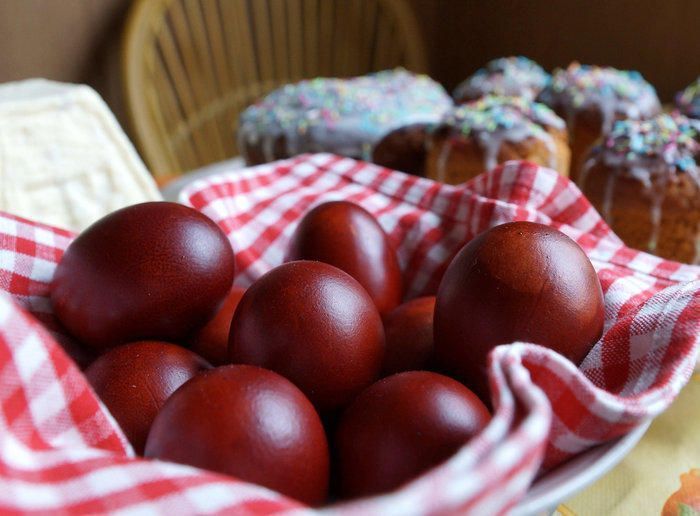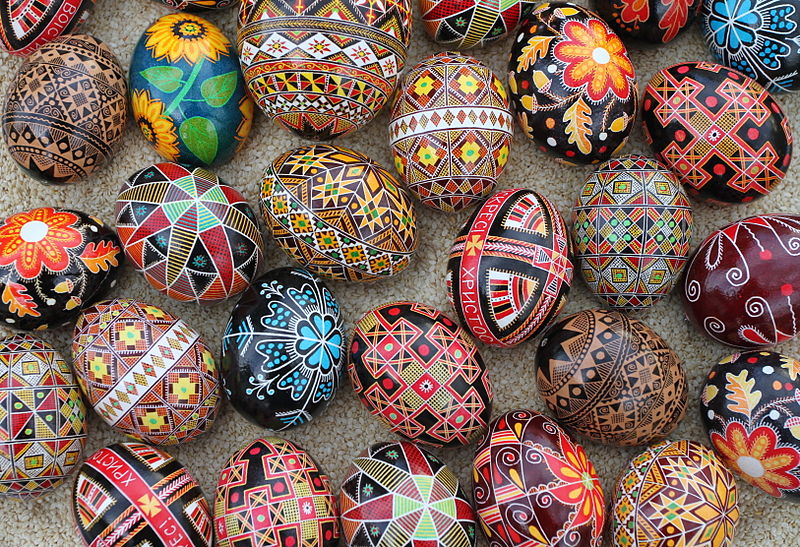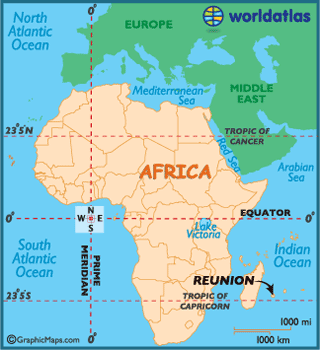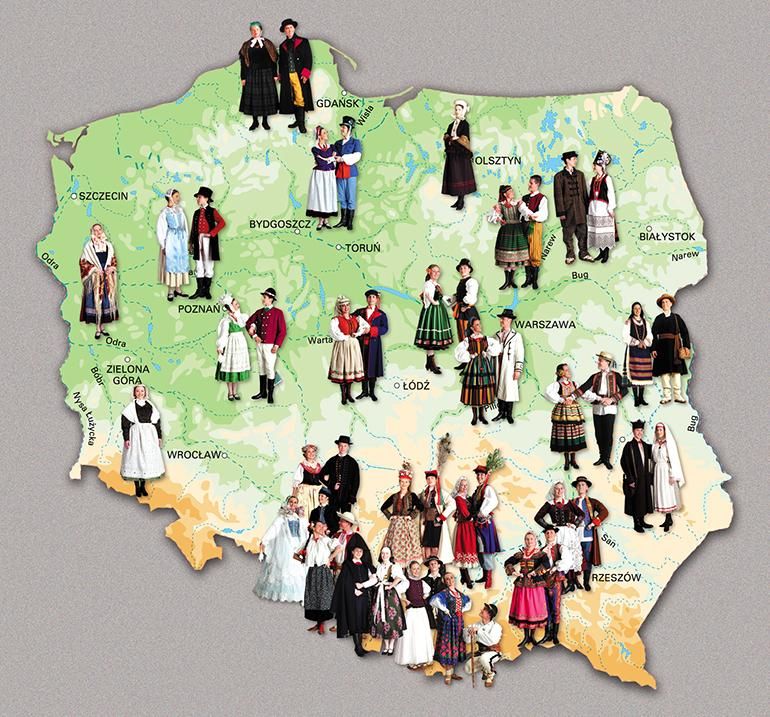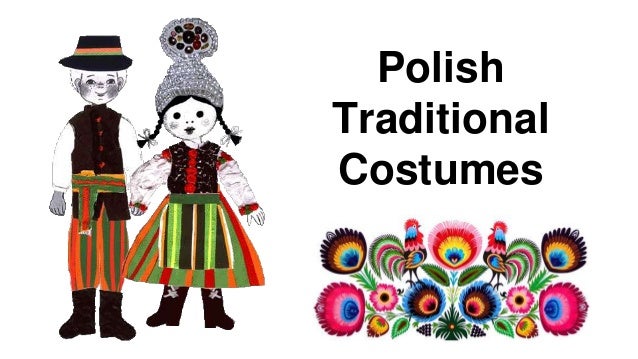Ukraine
Ukraine is a beautiful country, in the Eastern part of Europe. Its largest city and capital of the country is Kiev. You can see its beautiful sites by watching the following video.
The territory of modern Ukraine has been inhabited by the Neaderthals since 40.000BC! Mammoths and ancient horses have also been discovered in archeological excavations. Modern human settlements date from 32.000BC! Through a long history of invasions, occupations and many turbulant years, hard times during the World Wars and many more, Ukraine achieved its independence in August 1991.
 | ||
| The Ukrainian Flag |
 | |||||
| The Ukrainian Coat of Arms |
A lot can be said about its traditions and customs, literature and music. It's tradiotinal folk dance is called Hopak. Isn't it amazing? They are so skilled and very beautiful! This is the Ukrainian National Folk Dance Ensemble Pavlo Virsky, Kyiv. Ukrainian folk dance Hopak. I wish I could dance like that.
But how are the Ukrainian people themselves? We hope we learn more about them through our correspondance.

